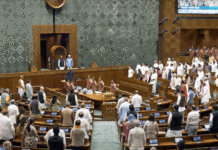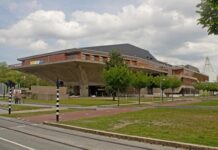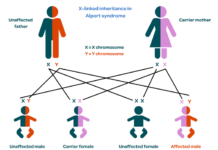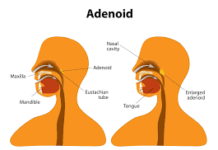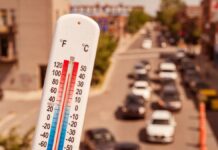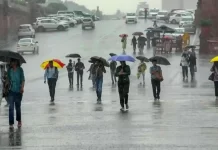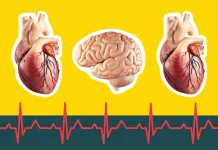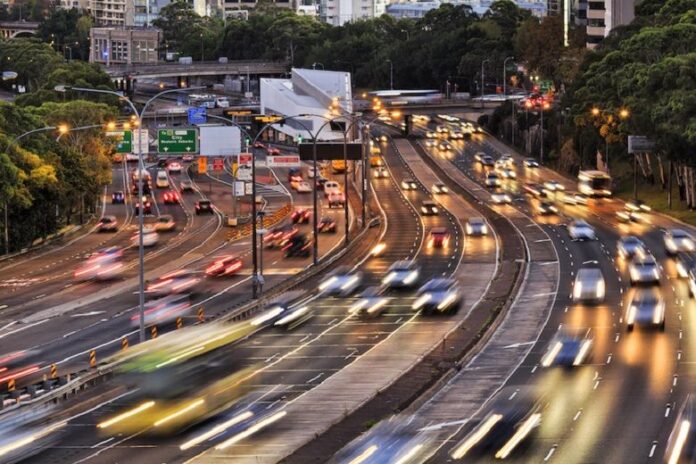Traffic jams are a major problem in many cities and urban areas around the world. They can be caused by several factors, including inadequate infrastructure, population growth, inefficient traffic management systems, and high vehicle ownership. Here is a closer look at the reasons behind traffic jams and some potential solutions.
Reasons behind traffic jams:
- Inadequate infrastructure: In many cities, the roads were not designed to handle the volume of traffic they now carry. Narrow roads, insufficient parking, and poor signage can all contribute to traffic jams.
- Population growth: As urban populations grow, so does the number of cars on the road. This can lead to increased congestion during peak hours, particularly around major intersections and highways.
- Inefficient traffic management systems: Inefficient traffic management systems, such as poor traffic light synchronization or lack of coordination between different agencies responsible for managing traffic, can exacerbate traffic congestion.
- High vehicle ownership: In some cities, high vehicle ownership rates have led to a saturation of cars on the road, particularly during peak hours.
Solutions to address traffic jams:
- Improved public transportation: Providing better public transportation options, such as buses, trains, and subways, can help to reduce the number of cars on the road. This can be achieved by investing in new infrastructure and technology, such as electric buses or rapid transit systems. Better public transportation can make it more convenient and affordable for people to commute, reducing the number of cars on the road.
- Carpooling and ride-sharing: Encouraging people to share rides with others going in the same direction can help to reduce the number of cars on the road. This can be done by promoting carpooling and ride-sharing programs through incentives such as preferential parking spots or reduced tolls. Additionally, technology platforms like Uber and Lyft have made it easier to share rides and reduce traffic congestion.
- Encouraging walking and cycling: Providing infrastructure to support walking and cycling, such as dedicated bike lanes and pedestrian-friendly areas, can encourage more people to walk or bike instead of driving. In addition to reducing traffic congestion, walking and cycling have health and environmental benefits.
- Managing traffic flow: Improving traffic flow by implementing traffic signals, roundabouts, and other traffic management systems can help to ease congestion. Advanced traffic management systems can use sensors and cameras to monitor traffic flow and adjust signals in real-time, reducing delays and congestion. Additionally, intelligent transportation systems can provide drivers with real-time information about traffic conditions, helping them to avoid congestion and improve the overall flow of traffic.
- Implementing road pricing: Road pricing schemes can discourage driving during peak hours and encourage alternative modes of transport. Road pricing can take several forms, including congestion charges, tolls, or taxes on vehicle ownership or usage. Road pricing can be used to fund public transportation or other sustainable mobility initiatives.
- Encouraging telecommuting: Encouraging employers to allow employees to work from home or remotely can help to reduce the number of cars on the road. Telecommuting can reduce the need for daily commuting and enable employees to have a better work-life balance. Additionally, telecommuting can have environmental benefits by reducing emissions associated with commuting.
- Promoting electric vehicles: Encouraging the use of electric vehicles can help to reduce the emissions associated with traditional gasoline vehicles. This can be done by providing incentives, such as tax breaks or rebates, for purchasing electric vehicles or installing charging infrastructure. Promoting the use of electric vehicles can also help to reduce dependence on fossil fuels and improve air quality.
In conclusion, traffic jams can be caused by several factors, including inadequate infrastructure, population growth, inefficient traffic management systems, and high vehicle ownership. Addressing traffic jams requires a combination of solutions, including improving public transportation, promoting carpooling



